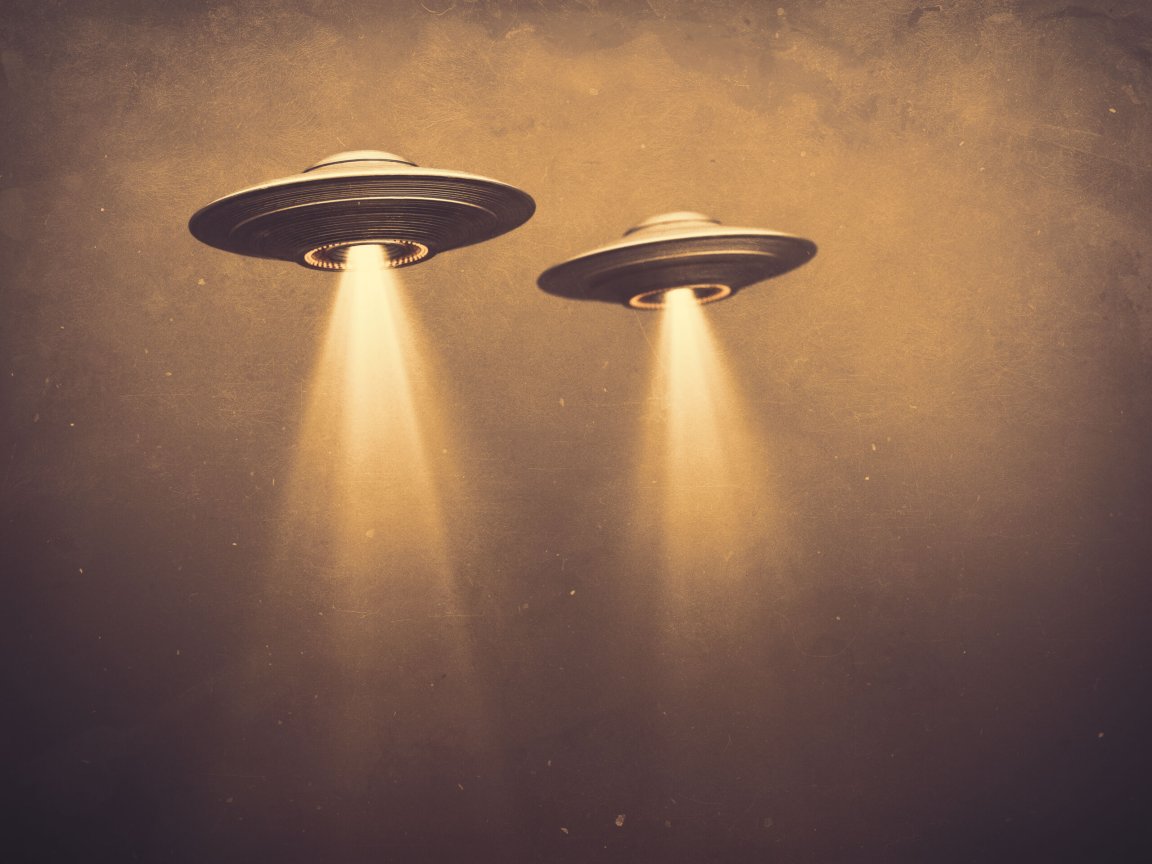
During an appearance this week at the University of Virginia, NASA boss Bill Nelson made some eyebrow-raising remarks about a possible connection between military sightings of unidentified flying objects and the search for alien life.
“I’ve talked to those pilots and they know they saw something, and their radars locked on to it,” Nelson told the crowd at the university, which is where he got his law degree. “And they don’t know what is. And we don’t know what it is. We hope it’s not an adversary here on Earth that has that kind of technology.”
That’s an interesting analysis on its own. But look what he said next, when he started directly speculating about the search for life beyond Earth:
“But it’s something,” Nelson added during the wide-ranging event. “And so this is a mission that we’re constantly looking, ‘Who is out there?’ Who are we?’ How did we get here? How did we become as we are? How did we develop? How did we civilize? And are those same conditions out there in a universe that has billions of other suns and billions of other galaxies?’ It’s so large I can’t conceive it.”
Provocatively, Nelson even went on to conjecture that alien civilizations could be found in a parallel universe.
“Now there are even theories that there might be other universes,” Nelson added. “And if that’s the case, who am I to say planet Earth is the only location of a life form that is civilized and organized like ours?”
Obviously, Nelson isn’t claiming to have any specific information, and in all likelihood he was just having some fun during a public appearance. It’s also not Nelson’s first time opining that there’s almost certainly alien life out there somewhere.
But it worth contrasting Nelson’s freewheeling style with that of his immediate predecessor, Steve Jurczyk, who was much more reserved and circumspect on the topic. Take this interview he did with Futurism earlier this year:
“You know, it’s, uh, hard to say,” he told us with a laugh when asked about the search for alien life. “But you know, part of the Mars mission is looking for past signs of life, and we’re detecting planets around other stars, right? With Kepler and eventually with the James Webb Space Telescope and other missions, we want to do direct imaging of exoplanets, planets around other stars. So we’re advancing our knowledge there.”
“But so far, no aliens,” he said.
READ MORE: Space Jam: Former Senator Talks Aliens, Asteroids and ‘Star Trek’ With Larry Sabato [University of Virginia]
More on UAPs: The Pentagon Just Released Its UFO Report